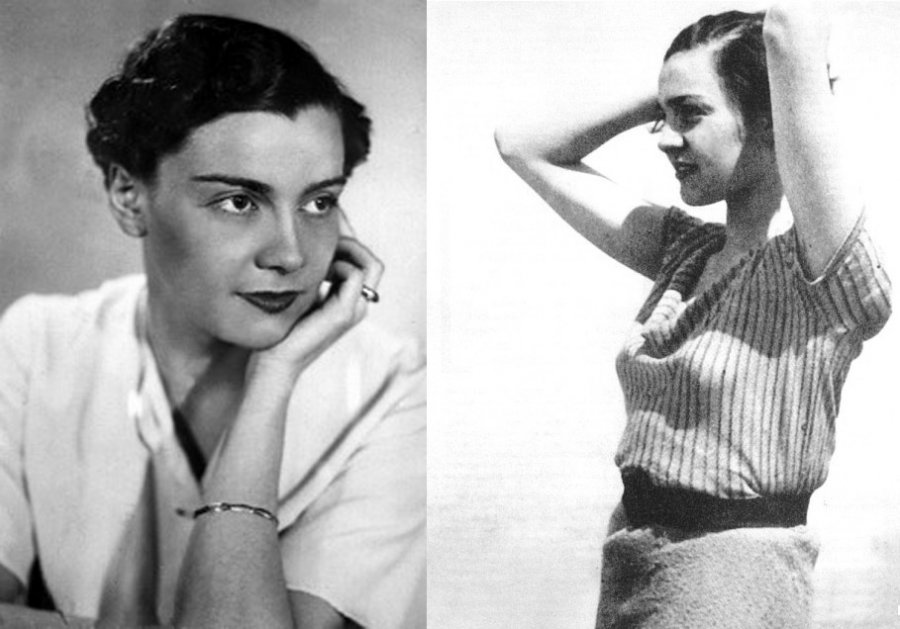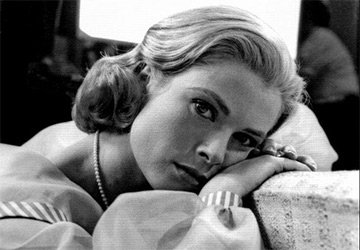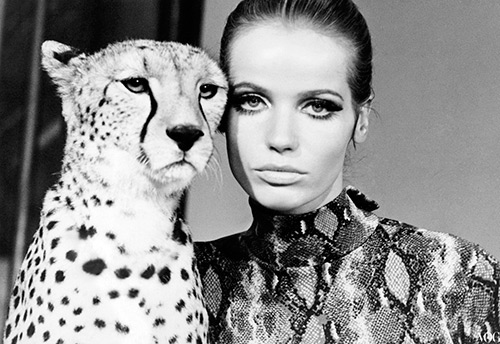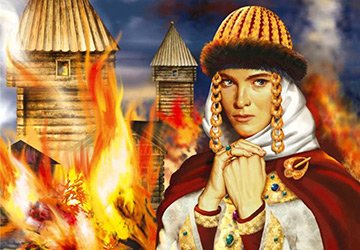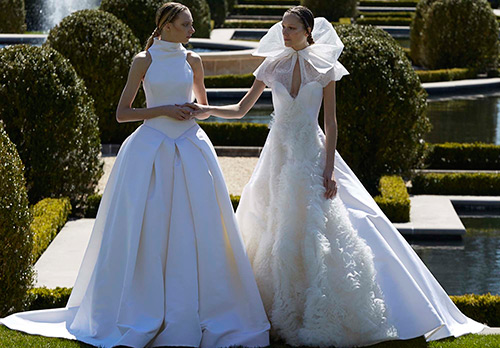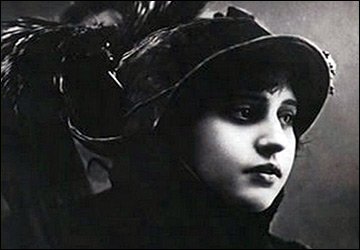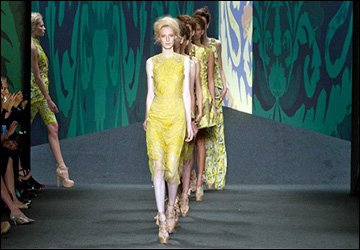MODELS
Vera Obolenskaya - princess and model
The biographies of modern models are so similar, everything is so typical. She walked on the street and looked into a store, where an employee of a modeling agency noticed her, made an offer, she could not refuse, and they went to a modeling agency, and there they signed a contract, then she flew away for a photo session, then fashion brand collections were shown, cooperation with famous photographers ... Have you heard this many times?
If you interview models, write about them, at some point you begin to realize - how everything is the same, maybe it is not worth interviewing, to clarify the biography - it is enough to change the name, surname and date of birth. This is of course a joke, but there is some truth here - the biographies of modern models are very similar. But not all of them were models whose life path was different.
mystyle.decorexpro.com/en/ wants to introduce you to one of these models. Princess Vera Obolenskaya, let's find out the story of her life, and at the same time remember the history of the 20th century.
Now many people and entire states are trying to forget history, which is unpleasant or even scary, hoping thereby to live in happiness, not to have disagreements and problems in the future. The idea is not bad, but utopian, wisdom and experience clearly show that people who forget their history turn into a herd that is easy to manage, instilling the necessary desires.
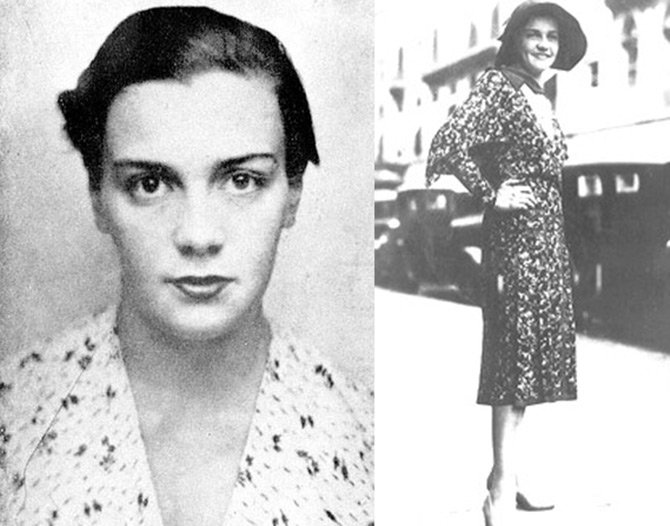
So, today we will recall the biography of an unusual fashion model.
Princess, fashion model, member of the Resistance, poetess, lieutenant of the French army, Chevalier of the Orders of the Legion of Honor and the First Class of the Patriotic War.
Vera Obolenskaya was born on June 11, 1911 in the family of the Baku vice-governor Apollo Makarov, and at the age of nine she was forced to emigrate to France with her parents in connection with the October coup in Russia.
After graduating from a French high school, Vera communicated in the circles of the golden youth of those years, and decided to become a fashion model. At the same time, it is important to note that Vera Obolenskaya possessed not only external attractiveness, but also a lively mind, a phenomenal memory. All this will be useful to her in the future, when she will store many ciphers and secret messages in her memory.
When Vera was 26 years old, she married Prince Nikolai Alexandrovich Obolensky. Her husband, the son of the former mayor of St. Petersburg and the daughter of His Serene Highness Prince Dadiani Mingrelsky, had income from real estate in the south of France and was one of the few Russian emigrants who settled well in a new place.
Only happiness and a peaceful life did not last long, a new threat hung over the Russian emigrants, which now posed a danger to the whole world - the Second World War began. France did not put up significant resistance to the Nazi troops and was occupied by the Germans in the shortest possible time.
Soon after this, Princess Vera Obolenskaya decides to become a member of an underground organization, where she was known under the pseudonym Vicki.
Vera Obolenskaya's scope of duties was wide - meeting with messengers and representatives of other underground groups, establishing contacts with Soviet prisoners of war, secret correspondence, copying secret documents, compiling reports and much more. Vicki was elected general secretary of the OCM and was promoted to lieutenant.
Two years later, the OCM became the largest organization of the Resistance, with thousands of members. At the end of 1942, its founder, Jacques Arthuis, was arrested, and he died in a concentration camp. And the organization was headed by Colonel Alfred Tuni, Vicki became his right hand.
But the fascists also had their agents, intelligence and special services, and they acted very decisively and brutally. In October 1943, one of the main leaders of the OCM, Roland Farjon, was arrested.In his pocket they found a receipt for the telephone bill he had paid with the address of the safe house. During the search, the addresses of secret mailboxes in different cities, the names of the members of the organization and their conspiratorial nicknames were found. Arrests began, one by one, the resistance members were taken to the Gestapo.
Vicki was arrested on December 17, 1943 and taken to a Parisian mansion that served as a prison. The detainees were interrogated here. And soon Prince Nikolai Obolensky was taken to the same prison.
Vicki shielded her husband as best she could, claiming that he had nothing to do with the organization. For lack of evidence, the prince was released. And Vera Obolenskaya was transferred to another prison, where most of the OCM leadership was already in prison. During interrogations, the Gestapo provided the princess with a lot of irrefutable evidence of her activities in the ranks of the OCM, but Vera Obolenskaya chose a special type of protection - she refused to give any information.
For this reason, the Gestapo investigators nicknamed her "Princessin - ich weiss nicht" ("Princess - I know nothing"). To attempts to psychologically influence the princess as a representative of the anti-Bolshevik emigration, Vicki replied that Hitler was not only against the USSR, he was pursuing the goal of finally eliminating Russia and the Slavs. "As a Christian," said the princess, "I in no way share the idea of the superiority of the Aryan race."
The Germans again arrested Nikolai Obolensky, and sent him to the Buchenwald concentration camp, where he held out until April 1945, when the prisoners were released.
A different fate awaited Vera Obolenskaya. On August 4, 1944, Vicki was unexpectedly taken to a separate stone structure with high vaulted windows. There, along the wall, like in a butcher's shop, there were hooks on which eight people were hung at a time. In the middle there was a guillotine, next to which was a basket where the severed heads were folded.
Vicki put her head on the guillotine….
The name of the executioner is Willie Rötger, a butcher by profession. For each head he was entitled to a financial reward, and his handy eight cigarettes. One of them witnessed the execution of Vera Obolenskaya.

After the end of the war, in a special order dated May 6, 1946, Field Marshal B. Montgomery wrote: "With this order I want to capture my admiration for the merits of Vera Obolenskaya, who, as a United Nations volunteer, gave her life so that Europe could be free again."
A memorial plaque with her name was erected on the monument to the victims of the war in Normandy. Vika's merits were also appreciated in the USSR. Her name was included in the list of "a group of compatriots who lived abroad during the Great Patriotic War and actively fought against Nazi Germany." By the decree of the Presidium of the Supreme Soviet of the USSR, Vera Obolenskaya was posthumously awarded the Order of the Patriotic War, 1st degree.
The French government awarded Vera Obolenskaya with the country's highest awards - the Military Cross, the Medal of Resistance and the Order of the Knight of the Legion of Honor with a palm branch.
Princess Vera Obolenskaya was irreconcilable towards the communist regime, which took her homeland from her, but the Russian soul and genuine love for her native land burned in her, so she always remembered Russia. The princess was a person of two cultures - French and Russian, she loved both Russia and France. With honor and nobility, Princess Obolenskaya defended the country, which had once extended the hand of salvation to her.
Vera Obolenskaya has no grave, because her body was destroyed, but her name is written on memorial plaques and on the grave of her husband.
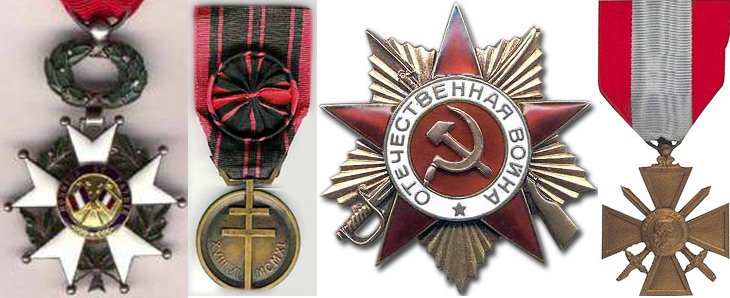
After the war, Nikolai Obolensky accepted the priesthood and served as rector of the Cathedral of St. Alexander Nevsky in Paris. He died in 1979 and is buried in the Sainte-Genevieve-des-Bois cemetery, in the section of the Foreign Legion, in the same grave with General Zinovy Peshkov, the son of Maxim Gorky. Before his death, Nikolai bequeathed that the name of his beloved wife be stamped on his tombstone. This desire was fulfilled, and the first lines on the common slab of N. Obolensky, Z. Peshkov and B. Egiazarova-de-Nork were carved in memory of Vera Obolenskaya.
Zinovy Sverdlov, the elder brother of the future chairman of the All-Russian Central Executive Committee, Yakov Sverdlov, became Zinovy Peshkov in 1902, when he was adopted by Maxim Gorky. But Zinovy quickly withdrew from the revolutionary entourage of Gorky. With the outbreak of the First World War, he joined the French Foreign Legion, and on May 9, 1915, he was seriously wounded. The orderlies, considering him hopeless, did not want to evacuate him from the battlefield, but an unknown lieutenant named Charles de Gaulle insisted on evacuation. Zinovy survived, losing his right hand, and they struck up a friendship with de Gaulle.
During the Civil War in Russia, Peshkov was part of the French diplomatic mission. At the beginning of 1919 Zinovy sent the following telegram to his brother Yakov: "Yashka, when we take Moscow, we will hang Lenin first, and you second, for what you did to Russia!"
During World War II, Peshkov refused to acknowledge the surrender of France. For this he was captured and sentenced to death by a military tribunal. In anticipation of the execution, he managed to negotiate with the sentry and exchange the gold watch donated by Gorky for a grenade. Taking an officer hostage, he fled in a hijacked plane to Gibraltar to de Gaulle. Later, he also brought to de Gaulle his old friend, Vera Obolenskaya.
For his services to France, Zinovy Peshkov received many awards and became a brigadier general of the French army. When Zinovy Peshkov died, his friend Nikolai Obolensky performed his funeral service at the Alexander Nevsky Cathedral. Zinovy was buried in Sainte-Genevieve-des-Bois as a national hero, with a huge crowd of people. He wanted to be buried at the foot of the grave of Princess Vera Obolenskaya, and although Vika does not have a grave, Zinovy lies under a slab with her name. According to the will, only three words are carved about him on the tombstone: "Zinovy Peshkov, legionary."
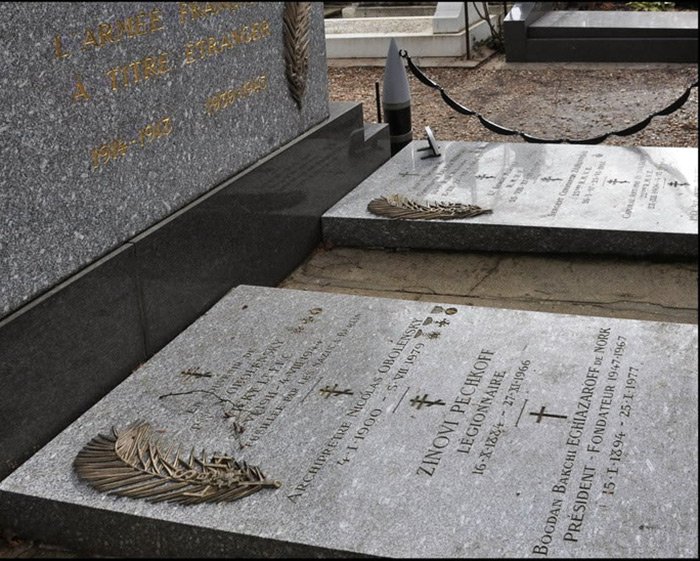
Comments and Reviews
Add a comment
Rating news
Shades of clothing that make women look younger
What shades of hair make women younger: rules and photos
Funny wedding dresses - photos and ideas
12 most expensive down jackets for the winter
How to look 25 at 40: tips from supermodels
Beautiful schoolgirls
Anti-aging haircuts and hairstyles for women
Fashionable skirts for autumn and winter
Fashionable women's trousers for the cold season
Fashionable and stylish sandals for summer 2024
Spring-summer 2024
 Fashionable dresses and tops with thin spaghetti straps
Fashionable dresses and tops with thin spaghetti straps
 Bandana tops: how to wear stylishly and beautifully
Bandana tops: how to wear stylishly and beautifully
 How to put together the perfect men's wardrobe for the summer
How to put together the perfect men's wardrobe for the summer
 Fashionable shorts for spring-summer 2024
Fashionable shorts for spring-summer 2024
 Fashionable skirts for spring-summer 2024: a guide to online shopping
Fashionable skirts for spring-summer 2024: a guide to online shopping
 The most fashionable dresses spring-summer 2024: styles and colors
The most fashionable dresses spring-summer 2024: styles and colors
 Fashionable total look 2024: ideas of images and trends
Fashionable total look 2024: ideas of images and trends
